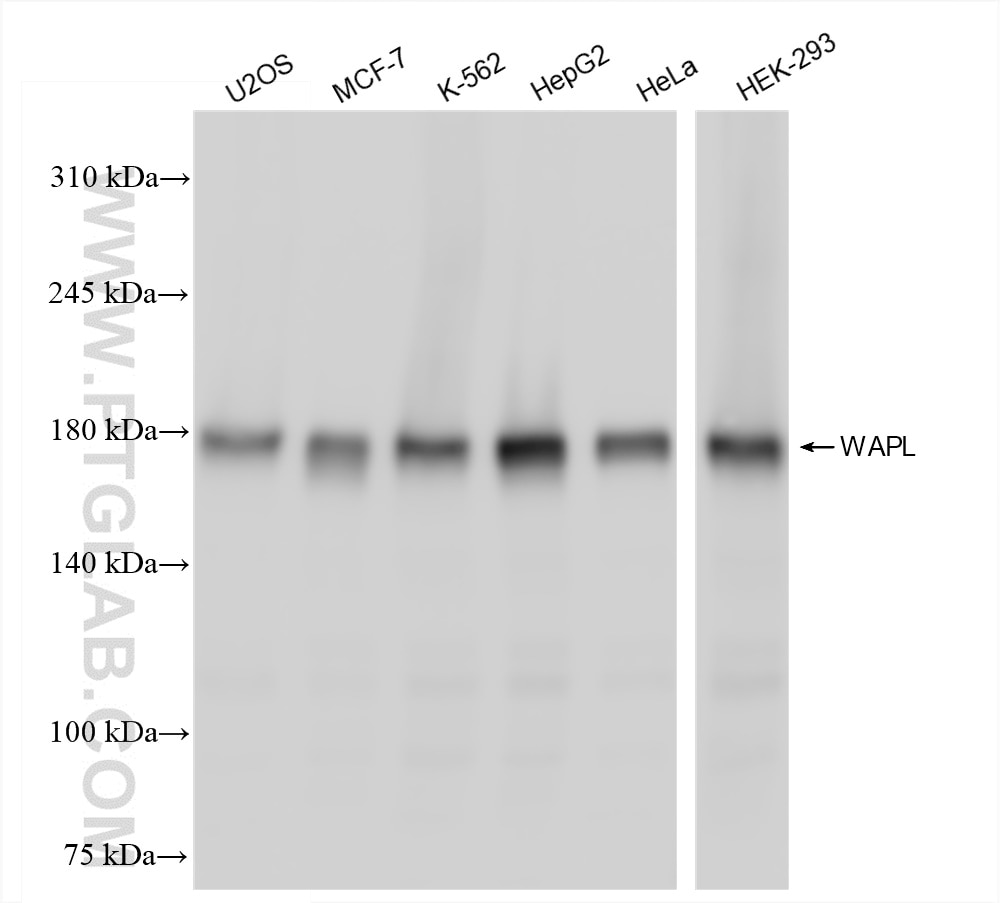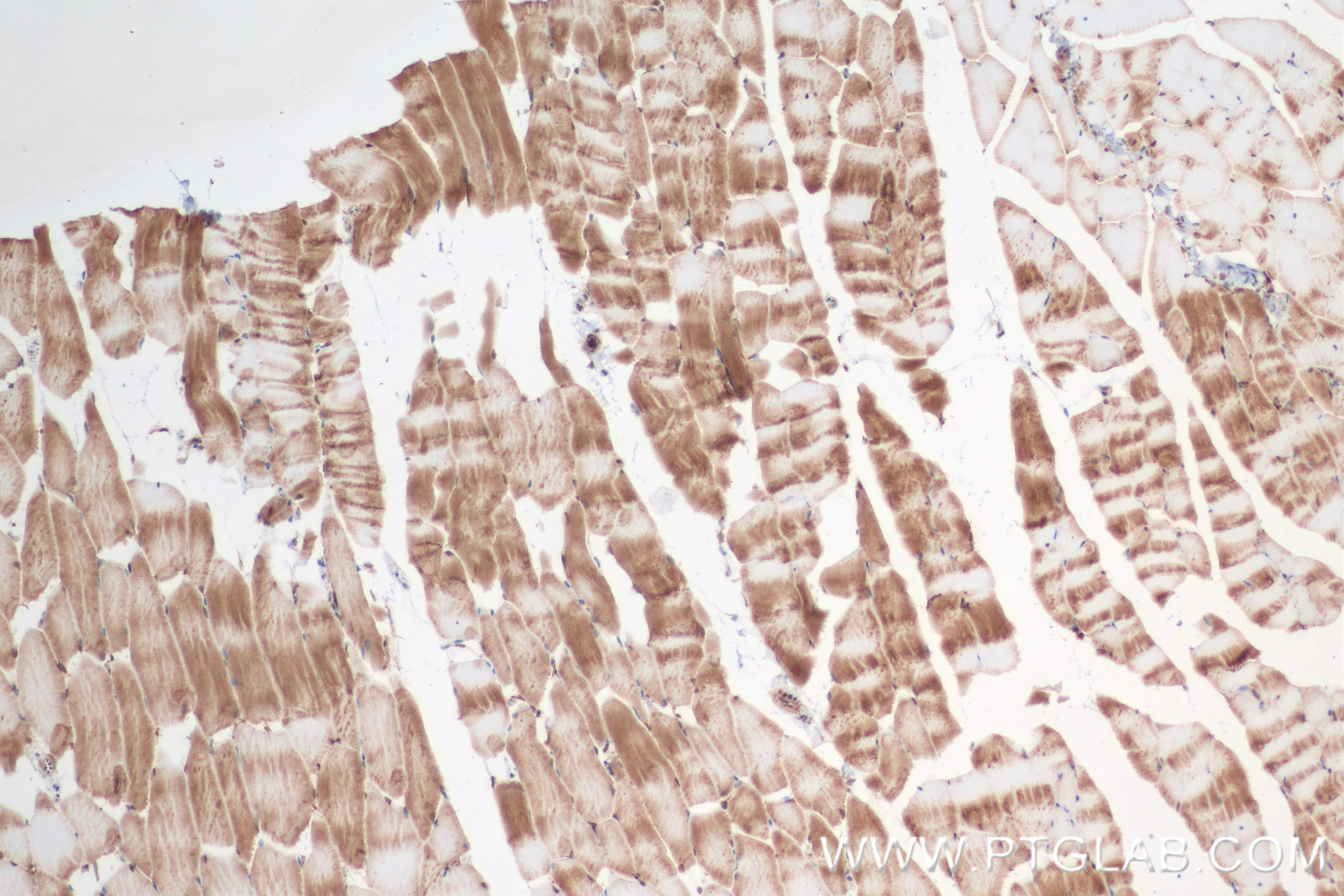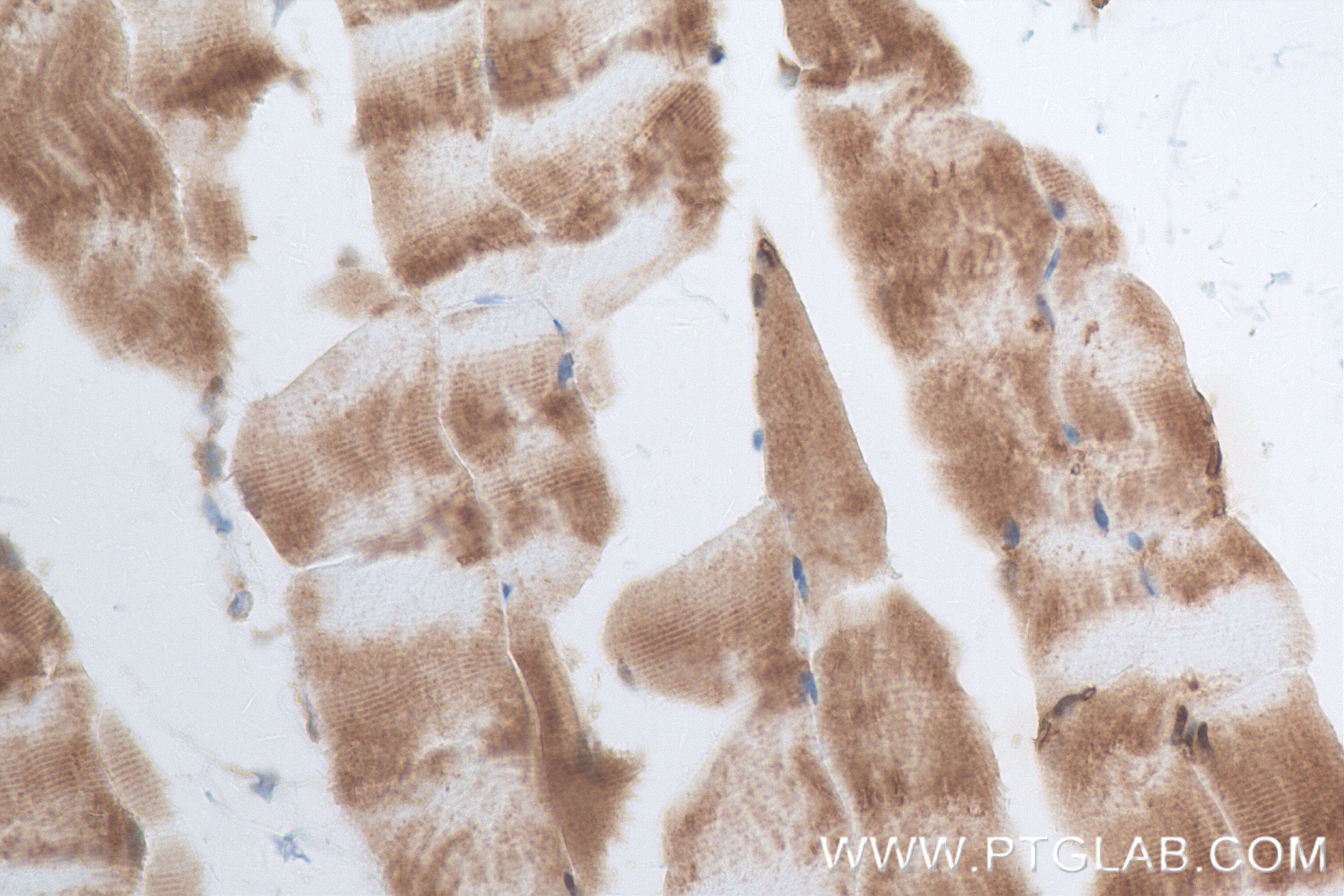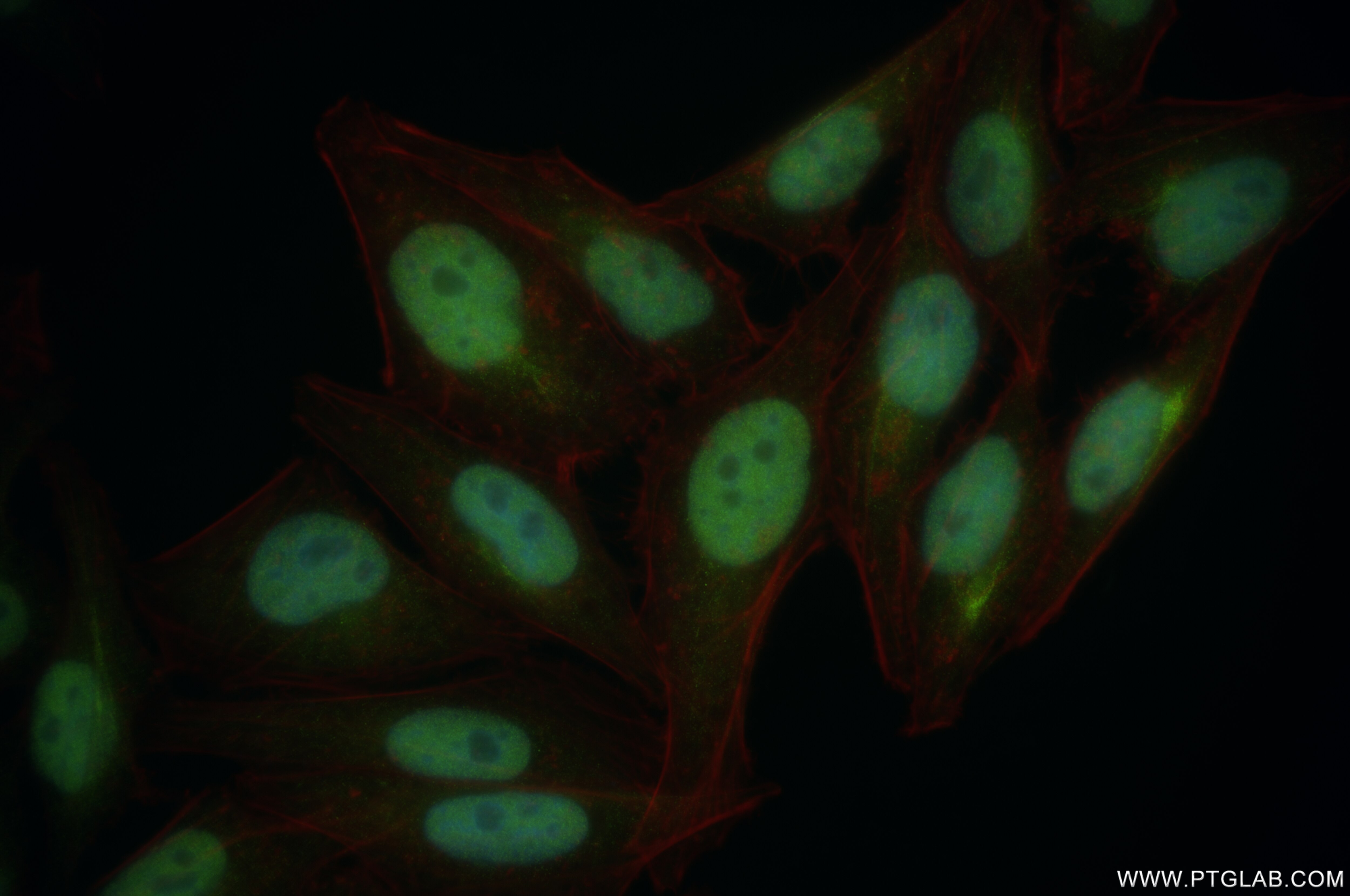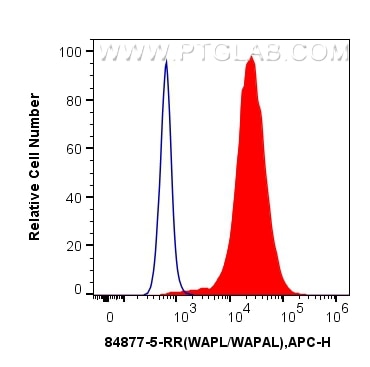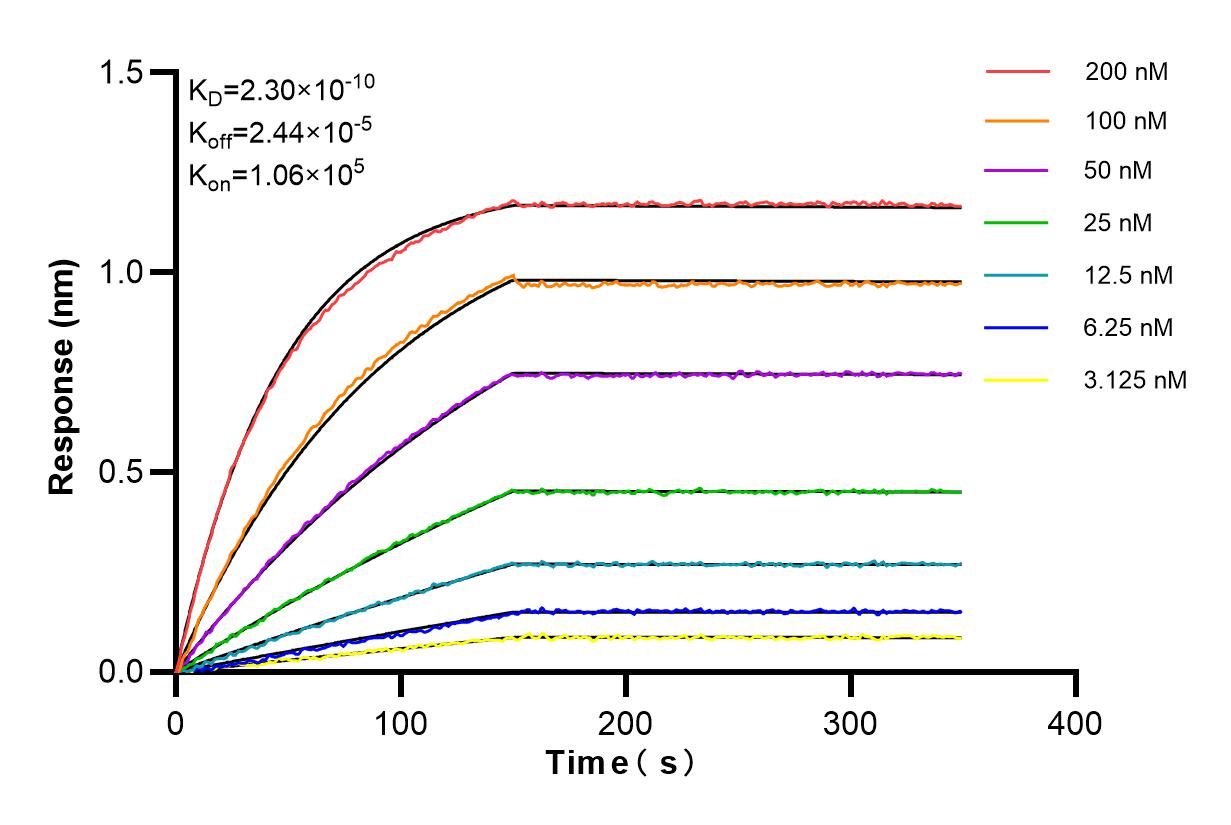Validation Data Gallery
Tested Applications
Recommended dilution
| Application | Dilution |
|---|---|
| It is recommended that this reagent should be titrated in each testing system to obtain optimal results. | |
Product Information
84877-5-PBS targets WAPL in WB, IHC, IF/ICC, FC (Intra), Indirect ELISA applications and shows reactivity with human, mouse samples.
| Tested Reactivity | human, mouse |
| Host / Isotype | Rabbit / IgG |
| Class | Recombinant |
| Type | Antibody |
| Immunogen | WAPL fusion protein Ag9585 相同性解析による交差性が予測される生物種 |
| Full Name | wings apart-like homolog (Drosophila) |
| Calculated molecular weight | 142 kDa |
| Observed molecular weight | 160-180 kDa |
| GenBank accession number | BC017393 |
| Gene Symbol | WAPL |
| Gene ID (NCBI) | 23063 |
| Conjugate | Unconjugated |
| Form | Liquid |
| Purification Method | Protein A purfication |
| UNIPROT ID | Q7Z5K2 |
| Storage Buffer | PBS only , pH 7.3 |
| Storage Conditions | Store at -80°C. |
Background Information
The wings apart-like (WAPL, or WAPAL) protein was originally identified as a gene product that potentially regulates heterochromatin organization in Drosophila melanogaster. Human WAPL is a cohesin-binding protein that promotes sister-chromatid resolution in mitotic prophase. Overexpression of WAPL disturbs mitosis and cytokinesis, and contributes to tumor progression by induction of chromosomal instability. WAPAL has a predicted molecular weight of 140 kDa, however, as a result of its extensive phosphorylation it separates on a SDS gel as a band of approximately 160-180 kDa.
